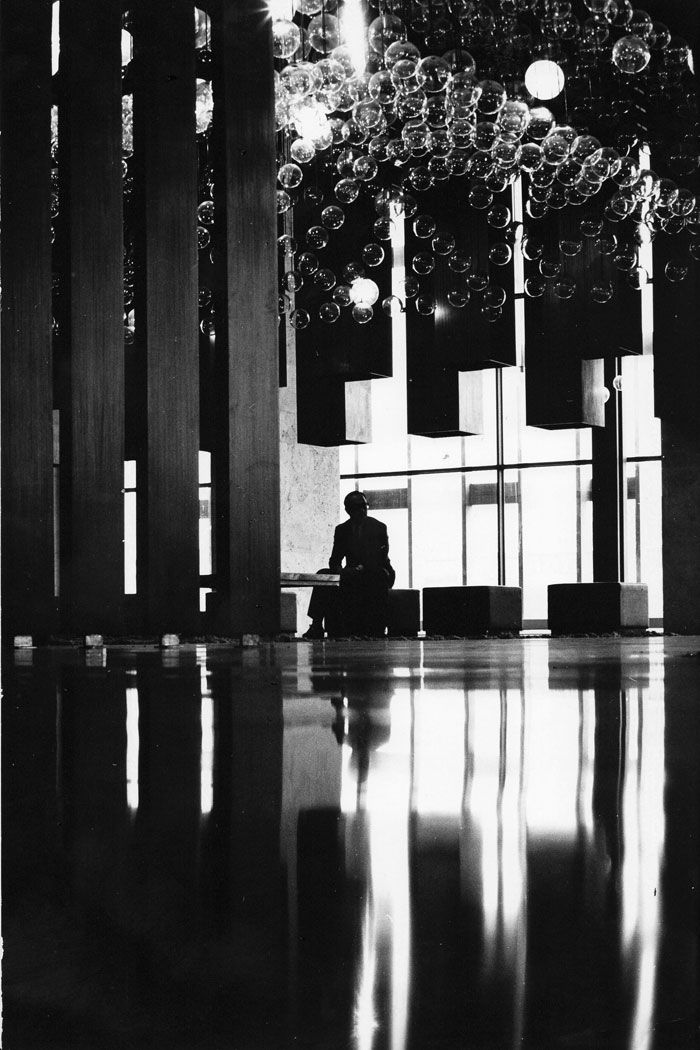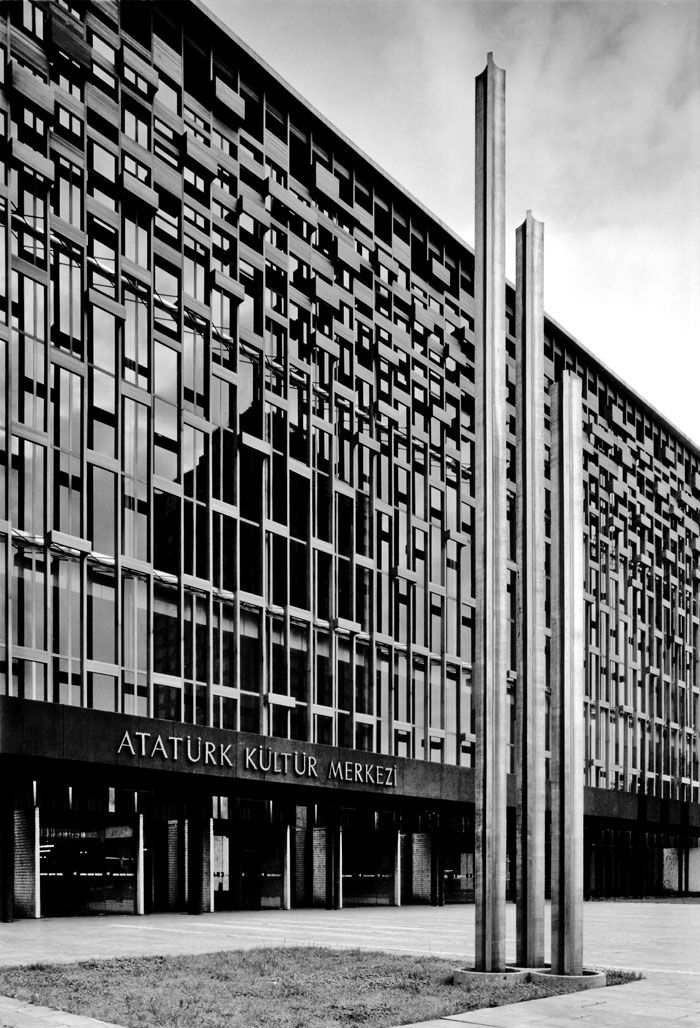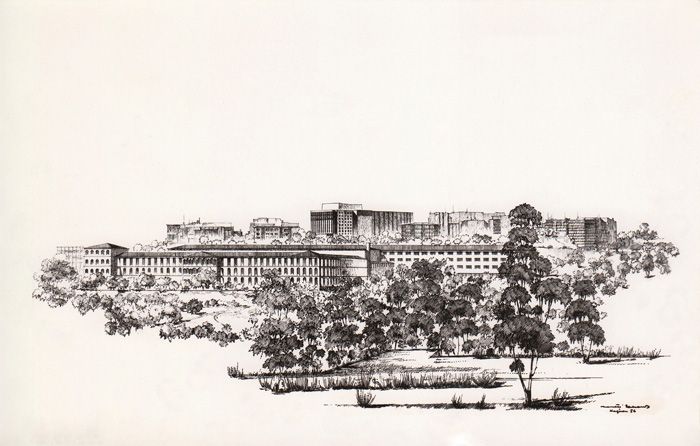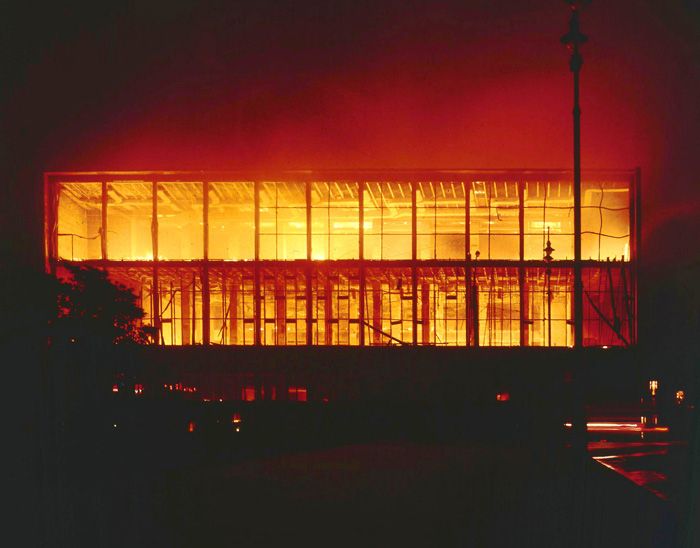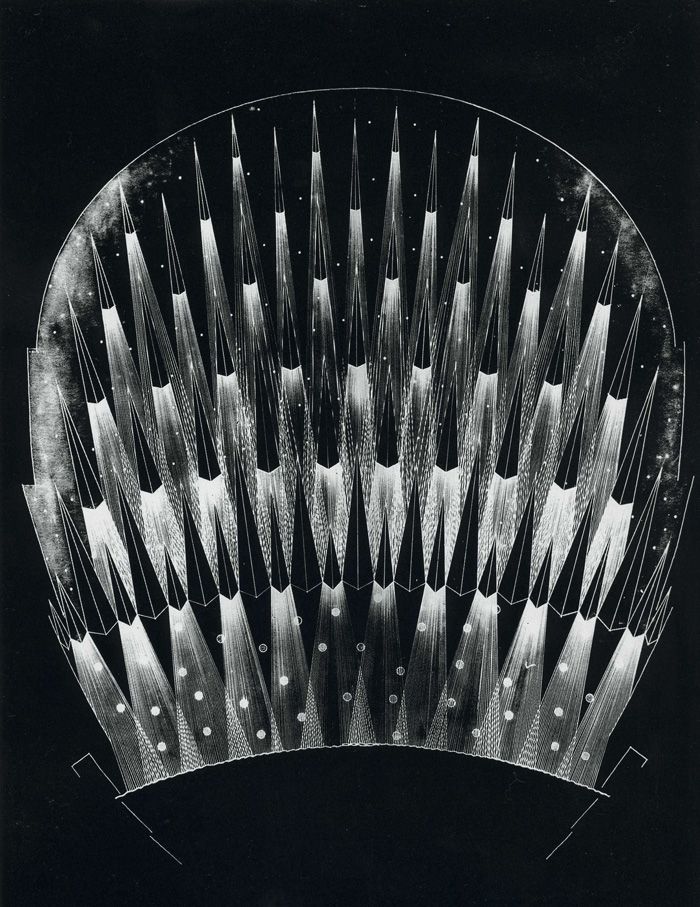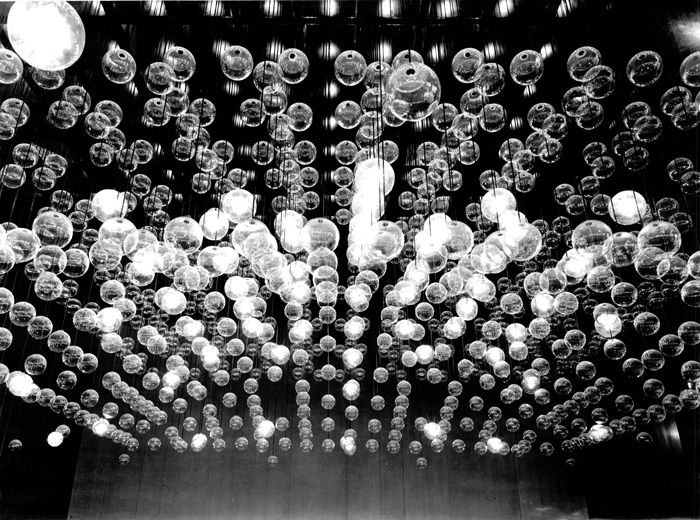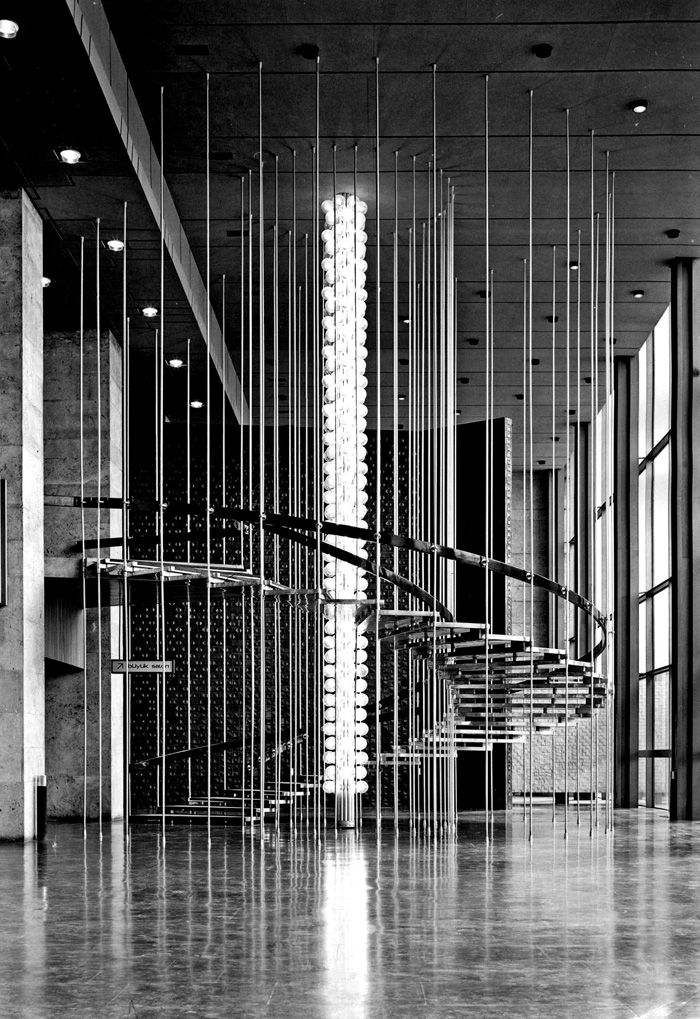The Performance of Modernity:
ATATÜRK KÜLTÜR MERKEZİ,
1946-1977
Salt Galata
September 21, 2012 – January 6, 2013
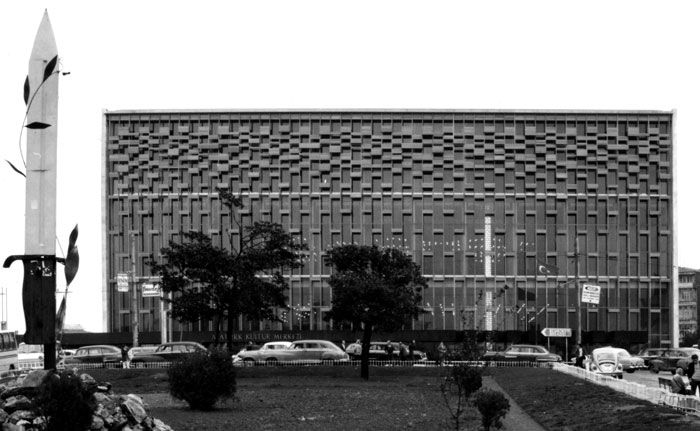
The Atatürk Kültür Merkezi, 1977
SALT Research, Hayati Tabanlıoğlu Archive
SALT Research, Hayati Tabanlıoğlu Archive
SALT Galata, Open Archive
Curators: Pelin Derviş and Gökhan Karakuş
The Atatürk Kültür Merkezi (AKM/Atatürk Cultural Center) holds a critical role as one of the most important architectural and cultural reference points in Turkey. Through its many phases of design, construction and operation, the project’s architects, the public, governmental and cultural groups vied with one another to control the direction for modern and contemporary culture in the country. Up through the decision in the spring of 2012 to renovate the building, competing interests endeavored to fashion AKM towards ideological lines that hoped to redirect its architecture, urban position and program based on their own visions. These debates introduce a wide range of issues and questions about the way culture functions in Turkey today. The Performance of Modernity: ATATÜRK KÜLTÜR MERKEZİ, 1946-1977 takes AKM as a pivotal example in order to investigate the recent past as a window onto current cultural practices.
The Atatürk Kültür Merkezi in İstanbul has been modern Turkey’s touchstone for contemporary culture since the Mayor of İstanbul, Lütfi Kırdar, instigated the project to provide an opera house for İstanbul in 1946. The initiative to realize the building was a difficult and long one, with many different designs reviewed from a number of different architects. The building was finally completed in 1969 by architect Hayati Tabanlıoğlu, but it was in operation for just one year before a fire caused seven further years of reconstruction, with AKM only being able to operate again in 1977. Throughout the latter half of the 20th century these ups and downs in the planning, construction, and operation of AKM described the dynamics of the modernization efforts of the Republic of Turkey as it attempted to create the institutions of a modern state and society.
The collection of architects and designers led by Tabanlıoğlu envisioned exactly this robust modernism in their plans for AKM. Starting with the German educated Tabanlıoğlu’s rare and crucial advanced understanding of opera and theater buildings, to the technical and design abilities of the architect Aydın Boysan, engineer Willi Ehle, lighting designer Johannes Dinnebier and the ceramicists Sadi and Belma Diren, these practitioners along with many other individuals and institutions generated a civic public building at a scale and level of detail that had not existed before in Turkey.
As one of the major projects of the 1960s, the contemporary politics of the central government in Ankara and the municipality and urban setting in İstanbul were important factors in the AKM’s formation. In parallel to the construction of many modern opera and theater buildings in the same time period in other parts of the world, such as the Sydney Opera House in Australia, Metropolitan Opera in New York and a number of theaters in Germany, AKM represented Turkey’s efforts towards the increasing importance of the arts and culture in the public sphere.
Supported by Kalebodur, The Performance of Modernity: ATATÜRK KÜLTÜR MERKEZİ, 1946-1977 focuses on key archival visuals and objects that provide insight into the architecture and production of AKM. Exploring relations between architecture, society, politics and the built environment, the exhibition reveals the main actors and their designs by following a chronological narrative to study the key themes in effect in Turkey, regionally and globally. A scale section-model, specially produced for the exhibition, provides a thorough description of the building’s architecture including the technical infrastructure and the functions that lie beyond visitors’ perception. The archive of Hayati Tabanlıoğlu, contributed by Tabanlıoğlu Architects, will also be available for review by researchers and enthusiasts at SALT Research.
Supported by
